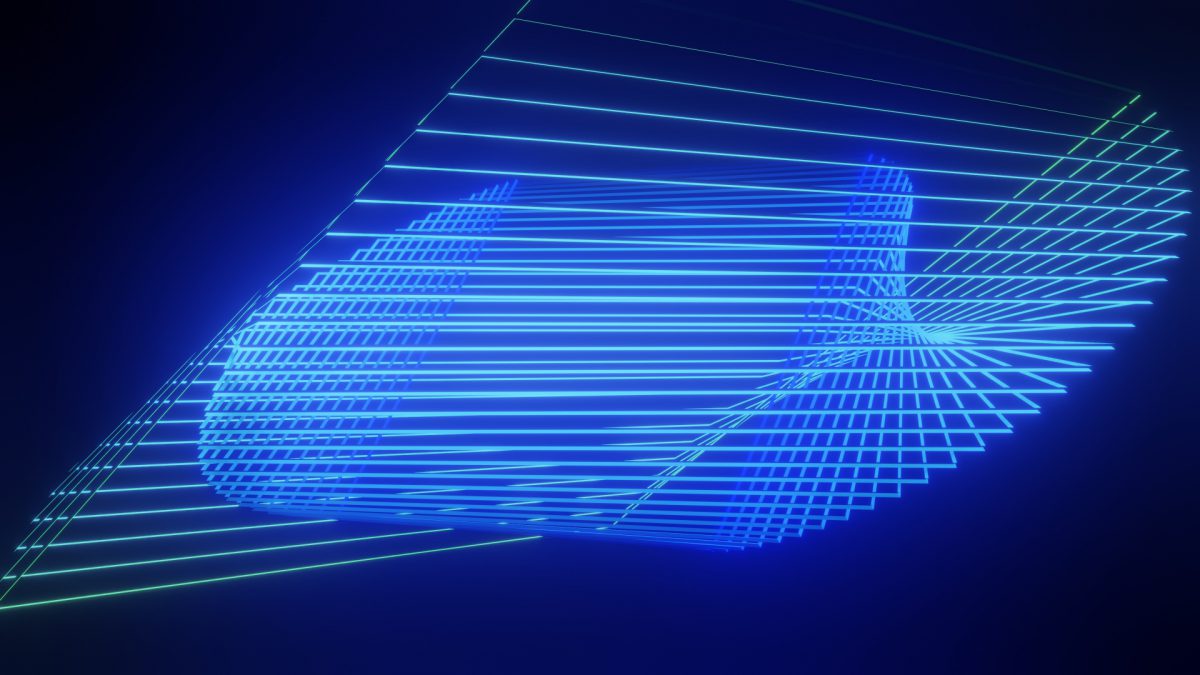
Cloud Rendering vs. Local Rendering: Which Is Best?
We’ve pointed out in the past about how locally rendering 2D or 3D projects for animation and film is a very time-consuming and computation-intensive process. When either using unoptimized geometry in scenes or polygon-heavy models in your final render, variables such as these and more will ultimately increase the amount of time and processor power necessary to complete a single render.
Why Does It Take So Longer to Render?
What exactly is taking up all of that time? Rendering locally on your workstation involves intense RAM usage, GPU usage, and disk space for storage. Extensive high use of RAM can cause frames to drop during a render pass or cause it to render too slowly if your machine does not have enough memory to complete the task.
Scenes that are heavy in terms of polycount and sample iteration will also ultimately lead to longer rendering times in a local render. Rendering these elements requires a pretty big financial investment in hardware if you are looking to keep your production local. Even then, upgrading will ultimately still leave your workstation incapable of performing other operations that rely on RAM or GPU space.
Your system will also need to write and read temporary data wherever the existing data is or where the desired destination is on your hard disk drive. An HDD is fairly slow at writing and reading and even more so are solid state drives (SSD).
One of the most significant ways that cloud rendering can optimize your workload is by freeing up your design workstation for other tasks, which can significantly save you time and money — especially when rendering multiple frames for animation or motion graphic design.
Creation Time vs. Rendering Time
When a workstation or a local rendering machine is working at 100-percent processing capacity, it is not possible to perform other operations while the computer is processing that data in the background; not to mention paying close attention to potential situations such as dropped frame restarting, CPU errors, or worse, crashes.
Most designers will agree that creation time is much more valuable than rendering time. Using cloud rendering services to handle project rendering means you can spend more time creating, preparing, or improving your next scene on your local workstation, and less time waiting for your renders to complete.
During local renders, the artist’s productivity may go down due to extended waiting periods. Artists should be able to work on other projects, or if necessary, alter the scene for the next render; but if they are rendering locally, there isn’t much else that can be done until the render is complete.
Many animation and film studios do have an internal pipeline that allows for their creative teams to send files to queue management software where they have local rendering workstations or an in-house node-based render farm that works on an internal FTP.
Though this is common for larger teams and studios, not all creators have access to these kinds of project management tools. These kinds of assets are still very expensive, and it doesn’t make much sense to spend more money on equipment and framework that would require around-the-clock maintenance if a cloud rendering service can offer the same capabilities to you at a fraction of the cost.
Save Time, Money, and Stress
The advantages of cloud based rendering is that the render time can be drastically reduced without overwhelming concerns for things like polycount, heavy data, or the number of resources needed for rendering on demand.
A cloud rendering service offers these kinds of resources and equipment to you, without having you worry about the cost needed for facility or hardware maintenance.
This type of service also typically has its own file manager and queue management functionality that makes it easy to upload files and start the rendering process. From the moment you log in to your account, you have complete access to previous files you have uploaded and rendered, as well the ability to assess the state of current render jobs you are performing.
Which Rendering Option Is Best?
The short answer is that both cloud rendering and local rendering are useful in their own ways. However, once your projects begin to grow in size and scope, cloud rendering will become much more beneficial to your production pipeline.
For almost any 3D designer or artist, there will come a time when you will need to consider paying for a cloud rendering service. Whether working on a project for a client, for school, or for your own personal enjoyment, these types of services can free up your workstation for more important tasks like designing and help ensure that you meet your deadlines. Fortunately, with the growing demand for cloud rendering, it is now possible to find very affordable and easy-to-use solutions like Render Pool.
If you are still on the fence about which rendering method is right for you, just remember that it doesn’t cost much to test out cloud rendering services before you make the decision to invest in buying more local hardware. Render Pool can help you streamline your workflow, lower your costs, and speed up your production process. You can learn more about how you can use our services here. Happy rendering!